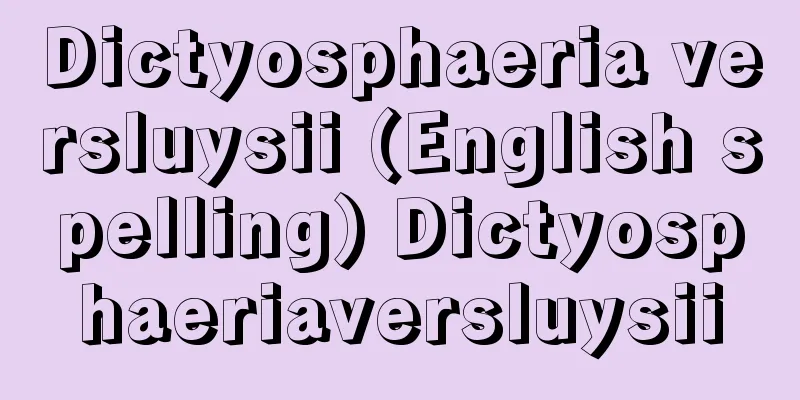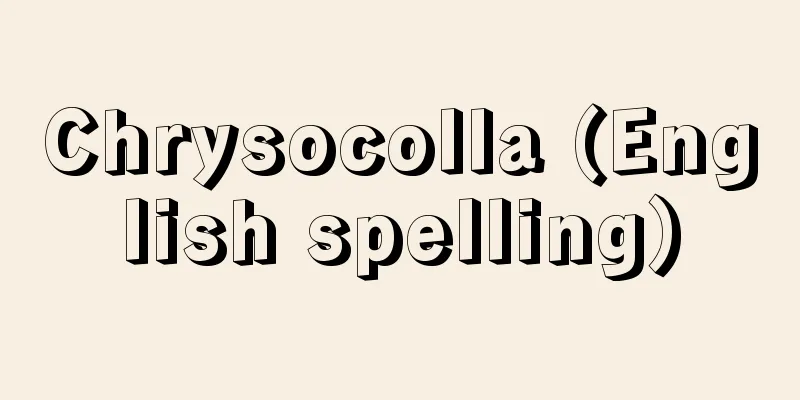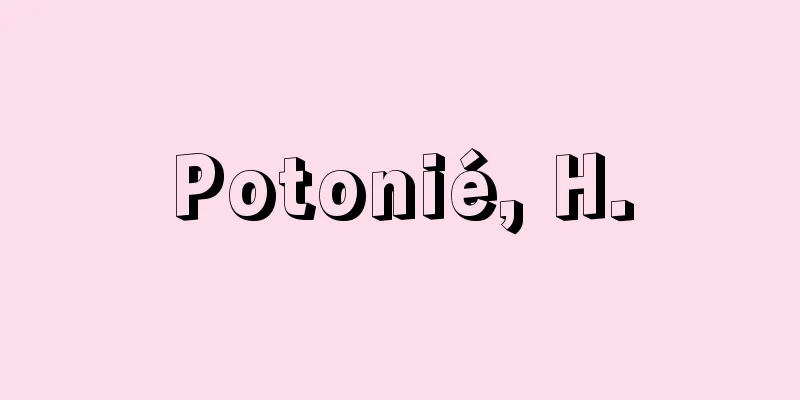Hajime Kawakami

|
Economist and thinker. Born on October 20, 1879 in Iwakuni, Yamaguchi Prefecture. After attending Yamaguchi High School, he graduated from the Department of Politics at the Faculty of Law, Tokyo Imperial University in 1902 (Meiji 35). During his student days, he listened to lectures by Kanzo Uchimura and Naoe Kinoshita, and for the first time became aware of the inner world through contact with Christianity. In 1901, he encountered a lecture and fundraising activity by the Women's Copper Poisoning Relief Association in response to the Ashio Copper Poisoning Problem. In order to put into practice the Sermon on the Mount in the Bible, "Give to those who ask of you, and refuse not him that borrows from you," he took off his coat and haori on the spot to donate, and then returned to his lodgings, packed all his belongings, including his clothes, in a suitcase, and sent them to the relief association. He was featured in the Mainichi Shimbun as a peculiar man. After graduating from university, he became a lecturer at the College of Agriculture, Tokyo Imperial University, and taught agricultural policy at technical colleges and Gakushuin. In 1905, he began serializing "Socialist Criticism" in the Yomiuri Shimbun under the pen name Senzan Bansuirou Shujin, freely criticizing various theories of socialism and winning public acclaim. However, he was inspired by the Buddhist thinker Ito Shoshin's (1876-1963) "Mugai" movement, and after confessing his feelings in print, he quit writing in the middle of the serialization and joined Mugaen, Shoshin's base of operations. However, after about two months he became disillusioned with the movement, left Mugaen, and became a reporter for the Yomiuri Shimbun. After graduating from university, he published a succession of powerful works, including "Keizagaku Genron" (Phase 1), "Nihon Sono Noron" (1905), and "Nihon Nogyo Gaku" (1906), and established a reputation as a promising scholar. In 1907, he founded the Nihon Keizai Shinshi (New Journal of Economics) and served as its editor-in-chief. In opposition to the free trade theory (nation founded on commerce and industry) advocated by the Tokyo Keizai Zasshi (Tokyo Economic Magazine) edited by Taguchi Teiken (Taguchi Ukichi), he argued for protectionism (the idea of a country founded on the dual development of agriculture, industry and commerce), and wrote vehemently. His argument was similar to that of the German Friedrich List's protectionism, and could be seen as a voice for the interests of small and medium-sized capital against the politically-oriented large capitalists linked to the national policies of the Meiji government. In 1908, he was invited to Kyoto Imperial University as a lecturer in economic history. Around this time, he published Primitive Life of Mankind (1909), Changes in the Times (1911), and Economy and Life (1911). While he was in Okinawa from April 1st to 8th, 1911 to investigate the land division system, his lecture there was misunderstood, which led to the famous "Okinawa tongue gaffe incident." It was during this time that he became acquainted with Iha Fuyu, the founder of Okinawa studies. In 1913 (Taisho 2), he studied in Europe, but returned to Japan in 1915 after experiencing the First World War. During that time, he contributed articles to the Osaka Asahi Shimbun newspaper, which were published under the title "Looking Back at the Motherland" (1915), in which he presented a unique theory of comparative civilization between the East and the West. Kawakami's "Poverty Story," serialized in the Osaka Asahi Shimbun from September to December 1916, made him famous, and Ouchi Hyoe described it as "the prelude to a turning point in Japanese economics." Kawakami's interest in social issues began to deepen around this time, and in 1919, with the publication of his personal magazine, "Social Problem Studies," he gradually drew closer to Marxism ("Social Problem Studies" ceased publication in October 1930 with its 106th issue). His "Historical Development of Capitalist Economics," published in 1923, was a history of economic thought based on his own concept, but was fundamentally criticized by Kushida Tamizo's essay "Should Socialism Face the Darkness or the Light?" in Kaizo. This prompted Kawakami to tackle Marx's theory from the ground up, and his lectures on the Principles of Economics at Kyoto University were almost entirely based on Das Kapital. His theoretical masterpiece, Outline of Economics (1928), shows the results of his work. In 1928 (Showa 3), he resigned from his position as a professor at Kyoto University after his recommendation for Lectures on Marxism caused a literary scandal. He then threw himself into politics, working with Oyama Ikuo to develop the New Labor-Farmer Party, but he had a disagreement with Oyama and parted ways with the party, joining the Japanese Communist Party in political activism. In 1932, he officially became a party member and joined the underground movement, but was arrested in January of the following year and sentenced to five years in prison for violating the Peace Preservation Law. He remained in prison until June 1937, maintaining his theoretical refusal to change course. In 1941, he moved to Kyoto, where he called himself a "reclusive, secluded man," wrote his autobiography, and spent his time composing and appreciating Chinese poetry. He was once again thrust into the spotlight after Japan's defeat in 1945, but his physical condition was so weak that he developed pneumonia and passed away the following year on January 30, 1946. He remained convinced to the very end of the existence of the religious truth he had realized in his youth, and is described as a unique Japanese Marxist who insisted on its compatibility with social scientific truth. [Kazuhiko Sumiya August 19, 2016] "Complete Works of Kawakami Hajime" Phase I 28 volumes, Phase II 7 volumes and 1 supplementary volume (Phase I 1981-1984, Phase II 1984-1986, Iwanami Shoten)" ▽ "Autobiography of Kawakami Hajime" Volumes 1-5 (Iwanami Bunko)" ▽ "Biographical Journal of Dr. Kawakami Hajime, edited by Amano Keitaro (1956, Nippon Hyoron Shinsha)" ▽ "Kawakami Hajime" by Furuta Hikaru (1959/New Edition, 2007, University of Tokyo Press)" ▽ "Kawakami Hajime" by Sumiya Etsuji (1962/New Edition, 1986, Yoshikawa Kobunkan)" ▽ "Kawakami Hajime" by Ouchi Hyoe (1966, Chikuma Shobo)" ▽ "Methods of Social Science and Anthropology" by Yamanouchi Yasushi (1973, Iwanami Shoten)" ▽ "The Thoughts of Kawakami Hajime" by Sumiya Kazuhiko (1976, Miraisha) " "Kawakami Hajime - Scholarship and Poetry" by Sugihara Shiro and Ikkai Tomoyoshi (1979, Shinhyoron) " "Study of Kawakami Hajime" by Sumiya Kazuhiko (1992, Miraisha) [References] | | | | | |©Shogakukan Library "> Hajime Kawakami Source: Shogakukan Encyclopedia Nipponica About Encyclopedia Nipponica Information | Legend |
|
経済学者、思想家。明治12年10月20日山口県岩国に生まれる。山口高等学校を経て、1902年(明治35)東京帝国大学法科大学政治科を卒業。学生時代に内村鑑三(うちむらかんぞう)、木下尚江(きのしたなおえ)らの講演を聞き、キリスト教に接して初めて内面の世界を意識した。1901年足尾(あしお)鉱毒問題で婦人鉱毒救済会の講演と募金活動に出会って、聖書の山上の垂訓「汝(なんじ)に請う者に与え、借らんとする者を拒むな」を実践すべく、その場でコートと羽織を脱いで寄付し、さらに下宿に帰って衣類など持ち物いっさいを行李(こうり)に入れて救済会に送り届け、『毎日新聞』に奇特の士として記事になった。大学卒業後、東京帝国大学農科大学の講師となり、専修学校や学習院などで農政学を教えた。1905年『読売新聞』に千山万水楼主人の筆名で「社会主義評論」を連載、諸家の社会主義論を縦横無尽に批判し、世評を高めるに至ったが、仏教思想家伊藤証信(1876―1963)の無我愛の運動に共鳴、連載途中で筆を折り、自らの心境を紙上に告白してのち、いっさいの教職を辞して証信の活動拠点である無我苑(むがえん)に参入した。しかし2か月ほどでこの運動に失望して無我苑を去り、『読売新聞』記者となる。大学卒業後この間に『経済学原論』上巻(1905)、『日本尊農論』(1905)、『日本農政学』(1906)などの力作を次々と発表し、新進気鋭の学徒としての評価も定まった。1907年『日本経済新誌』を創刊、編集主幹として、田口鼎軒(たぐちていけん)(田口卯吉(うきち))主宰の『東京経済雑誌』が主張する自由貿易論=商工立国論に対抗して、保護貿易論=農工商併進鼎立(ていりつ)論を主張し、激しい筆陣を張った。それはドイツのフリードリヒ・リストが行った保護貿易論と類似しており、明治政府の国策と結び付く政商型大資本に対し中小資本の利害を代弁するものと評しえよう。1908年京都帝国大学に招かれて講師となり、経済史を教える。このころ『人類原始の生活』(1909)、『時勢之変』(1911)、『経済と人生』(1911)を刊行した。1911年4月1~8日沖縄に地割制調査に赴いたおりに、現地での講演が誤解を受け、有名な「沖縄舌禍事件」を引き起こした。このとき沖縄学の創始者伊波普猷(いはふゆう)と相識となる。1913年(大正2)ヨーロッパに留学、第一次世界大戦に遭遇して1915年に帰国するが、その間『大阪朝日新聞』に寄稿したのを『祖国を顧みて』と題して刊行(1915)、ユニークな東西比較文明論を展開した。 1916年9月から12月まで『大阪朝日新聞』に連載した『貧乏物語』は河上の名を一躍有名にし、大内兵衛(おおうちひょうえ)は「日本の経済学の転機の前奏曲」と評した。河上はこのころから社会問題への関心を急速に深めていき、1919年、個人雑誌『社会問題研究』の刊行とともにしだいにマルクス主義に接近していった(『社会問題研究』は1930年10月、第106冊で廃刊)。1923年に公刊した『資本主義経済学の史的発展』は彼独自の構想になる経済思想史であったが、櫛田民蔵(くしだたみぞう)の『改造』所載の論文「社会主義は闇(やみ)に面するか光に面するか」によって根元的な批判を受けた。これを機に河上はマルクスの理論と根本から取り組み、京大での経済原論の講義もほとんど『資本論』に即するようになる。彼の理論的代表作『経済学大綱』(1928)は、その成果を示している。1928年(昭和3)『マルクス主義講座』の推薦文で筆禍を招き京大教授の職を辞した。爾後(じご)、政治実践の場に身を投入し、大山郁夫(おおやまいくお)と新労農党の発展に尽力するが、大山と意見対立して別れ、日本共産党の立場にたって政治運動を行う。1932年正式に党員となり地下運動に入ったが、翌1933年1月検挙され、治安維持法違反で懲役5年の判決を受け、理論的非転向の態度を貫いて1937年6月まで獄中にあった。1941年京都に住まいを移し、「閉戸閑人(へいこかんじん)」を自称、『自叙伝』の執筆、漢詩の作詩・鑑賞の生活を送った。1945年の敗戦によってふたたび脚光を浴びることとなったが、身体の衰弱甚だしく、肺炎を併発し、翌1946年(昭和21)1月30日没した。若年のときに悟得した宗教的真理の存在を最後まで確信し、社会科学的真理との両立を主張するユニークな日本のマルクス主義者と評される。 [住谷一彦 2016年8月19日] 『『河上肇全集』第Ⅰ期28巻、第Ⅱ期7巻・別巻1(第Ⅰ期1981~1984、第Ⅱ期1984~1986・岩波書店)』▽『『河上肇自叙伝』第1~5巻(岩波文庫)』▽『天野敬太郎編著『河上肇博士文献志』(1956・日本評論新社)』▽『古田光著『河上肇』(1959/新装版・2007・東京大学出版会)』▽『住谷悦治著『河上肇』(1962/新装版・1986・吉川弘文館)』▽『大内兵衛著『河上肇』(1966・筑摩書房)』▽『山之内靖著『社会科学の方法と人間学』(1973・岩波書店)』▽『住谷一彦著『河上肇の思想』(1976・未来社)』▽『杉原四郎・一海知義著『河上肇――学問と詩』(1979・新評論)』▽『住谷一彦著『河上肇研究』(1992・未来社)』 [参照項目] | | | | | |©小学館ライブラリー"> 河上肇 出典 小学館 日本大百科全書(ニッポニカ)日本大百科全書(ニッポニカ)について 情報 | 凡例 |
>>: Kawakami Togai - Kawakami Togai
Recommend
Fallen net - Otoshiami
〘noun〙① A trap made of nets for catching animals. ...
"Eka Danpizu"
…It is a monumental work along with Autumn and Wi...
Know-how (English spelling)
Know-how is translated as "technical secrets&...
Upanayana (English spelling)
A Hindu religious and social ritual. It is an init...
Marie Aubin Gontran Réginald Garrigou‐Lagrange
1877‐1964 French theologian and Thomistic philosop...
Tawaramono - Bag of rice
In Nagasaki, it was called "hyomots". Ma...
upāya (English spelling) upaya
…They were compiled into the 600 volumes of the M...
Kingi, W.
...The Maori rebelled against the pakeha (white p...
Warner, CD - Warner
…The name, derived from the title of the novel Th...
Chilodonellosis - Chilodonellosis
…Main symptoms: Same as freshwater white spot dis...
Land-dwelling hermit crab
This terrestrial hermit crab belongs to the order...
Balfe, MW (English spelling)
… The tradition of church music is also long, and...
existentia
… [Essentia and Existence] In this metaphysical w...
Ding(vessel) - Kanae
…It is a pot-shaped vessel placed on three solid ...
Karahojo
The remains of an ancient city in the Turfan Basin...








![Takahagi [city] - Takahagi](/upload/images/67cc1dce6f86c.webp)
